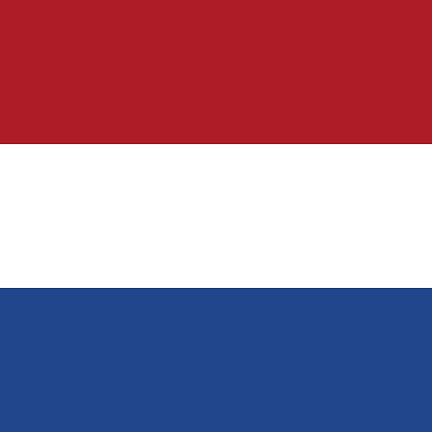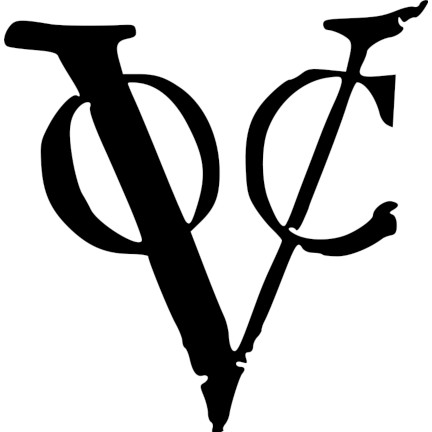Amsterdam Stock Exchange
1602 AD founded
The States General of the Netherlands grants the VOC (Dutch East India Company) a 21-year charter over all Dutch trade in Asia and quasi-governmental powers.
The monopolistic terms of the charter effectively granted the VOC complete authority over trade defenses, war armaments, and political endeavors in Asia. The high level of risk associated with trade in Asia gave the VOC its private ownership structure. Following in the footsteps of the English East India Company, stock in the corporation was sold to a large pool of interested investors, who in turn received a guarantee of some future share of profits.
In the Amsterdam East India House alone, 1,143 investors subscribed for over ƒ3,679,915 or €100 million in today's money.
The voyage to the precious resources in the West Indies was risky. Threats of pirates, disease, misfortune, shipwreck, and various macroeconomic factors heightened the risk factor and thus made the trip wildly expensive. So, the stock issuance made possible the spreading of risk and dividends across a pool of investors. Should something go wrong on the voyage, risk was mitigated and dispersed throughout the pool and investors all suffered just a fraction of the total expense of the voyage.
Subjects Who or What founded?
-
Netherlands Nation
-
Dutch East India Company (Vereenigde Oostindische Compagnie; VOC) A mega corporation found...
Objects To Whom or What was founded?
-
Euronext Amsterdam (Amsterdam Stock Exchange) The Amsterdam stock exch...
Events in 1602 MORE













